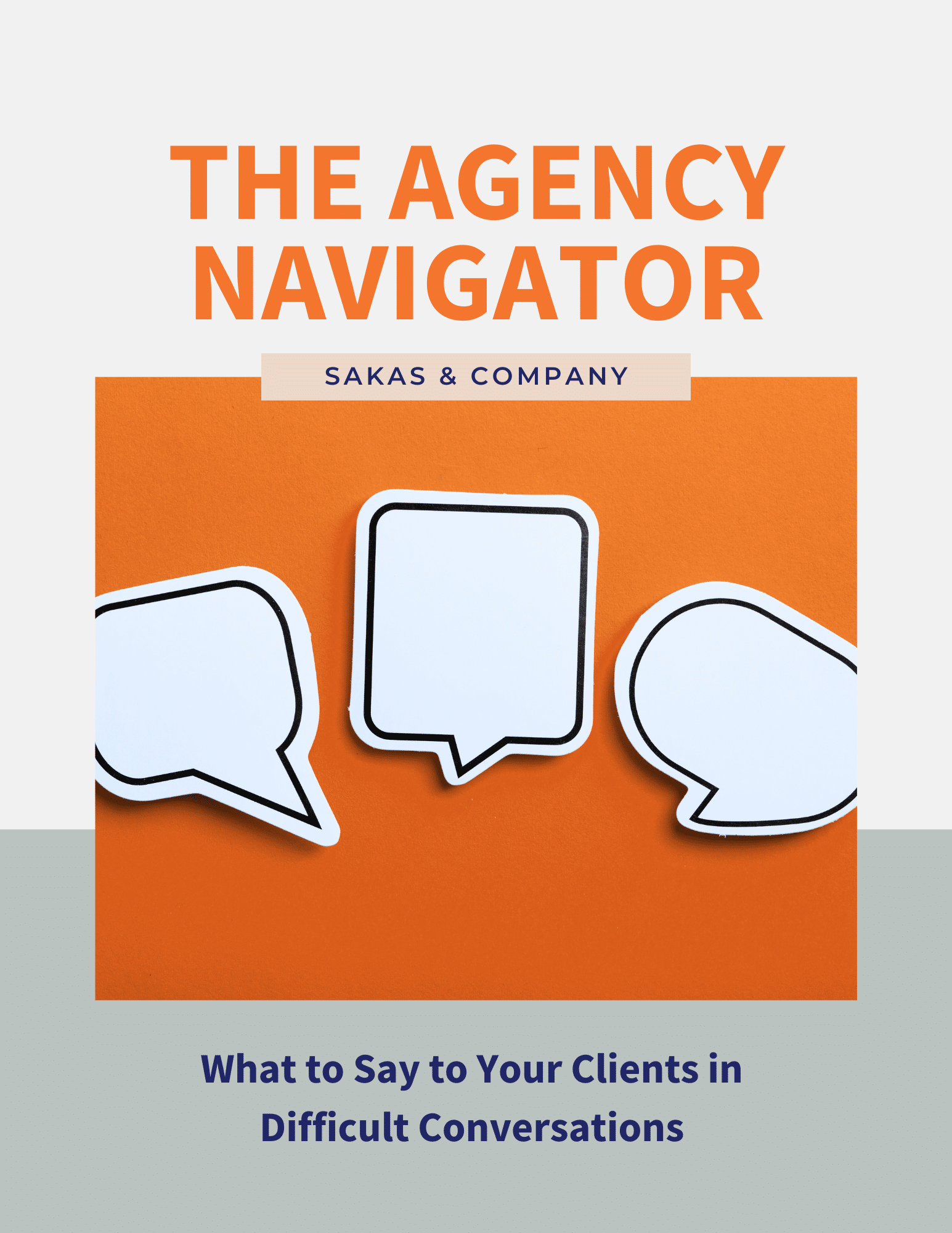The COO at a mid-sized agency asked me how to handle clients who have a committee-based decisionmaking process. A current enterprise client was dragging their feet on starting a “Phase 2” initiative, which wasted the agency’s time—and delayed getting results. As we reviewed the situation, the COO noted:
I think our most frustrating issue is the feedback process. This client has 10 or more people commenting on the work and asking for changes. Our team really wants one document or tool that would take all that feedback and be able to categorize it and reflect back to the client that based on their feedback we are going to do x,y,z and is that correct and please signoff.
I’ve been there—it’s really frustrating! The solution? Recognize that “too many cooks in the kitchen” is a people problem, not a software problem. The core issue here is that their agency is getting sucked into the client’s dysfunctional internal decision-making processes. This leads to the agency getting half-baked feedback.
Why you need your client to reconcile their feedback first
The “too many cooks” problem ultimately requires a marketing agency client service solution, around expectations management—have your client reconcile their team’s feedback first, before sharing the consolidated feedback with your team.
Your client needs to sort out their dysfunction before it hits your PM software. That way, your team only has to act on a single set of instructions, rather than having to figure out how to merge often-conflicting feedback.
Some agencies want to avoid having this conversation with clients up front. That’s understandable, but avoiding it is a bad idea. Why should you make the effort to require clients to consolidate feedback? This does three things for your team:
- First, it reduces low-value billable time, since your team doesn’t have to review and cross-check as many documents.
- Second, it makes the client responsible for a significant share of duration (elapsed project timeline), because they have to deal with the pain of reconciling things. They also are better situated to decide who “wins” when there’s conflicting feedback… or when they can’t decide, they’ll be able to reach the decisionmaker(s) faster (as an employee) than your agency can (as a third party).
- Third, it preserves your team’s sanity. No one likes having to reconcile things that the client should be handling themselves. And your team doesn’t want to deal with toxic clients.
How to implement this approach
For this to work, your team has to manage clients’ expectations up front, as part of your agency’s client onboarding process. As with any pushback, it’s harder (although not impossible) to add this expectations-management along the way.
The key is for your team to frame this in terms of benefits to the client—in budget, timeline, and scope. The most obvious benefit is that it won’t consume billable time from the project’s budget. They can resolve differences faster internally. And the client contact gets to decide which features (or changes) are most important.
The final piece—and your team should make this diplomatically yet explicitly clear—is that they need to assume your agency will act on any feedback they post in writing. If the client wants changes later, that’s going to cost them money and delay the work—if they change their mind later, your agency is not redoing that work for free.
Does your current sales process include gathering info on how the client makes decisions, including how many people are involved? If not, it’s time to add that. Your salespeople can head off all sorts of problems later… or at least have budget to pay for solving them after the fact.
Deciding how to get the client’s consolidated feedback in an effective, efficient way
Once the client agrees to reconcile things themselves, your team needs to let them know how you want them to share feedback. The best solution depends on budget and whether your client prefers live meetings or prefers to discuss things electronically.
There are three basic ways to get consolidated feedback. Your team can do this via your project management software, via shared spreadsheets, or via live client-status meetings. The best choice depends on your agency’s culture, the client’s culture, and the project’s budget. You might also consider a hybrid approach, where the client sends a spreadsheet listing the final changes and then you meet with them to ask clarifying questions.
Whichever way you decide to get feedback, be sure to mandate sufficient turnaround time before any feedback-review meetings. If your team goes with the spreadsheet-and-then-meeting route, this includes their automatically rescheduling a meeting if the client doesn’t deliver feedback soon enough for the AM/PM/business strategist to review before the meeting. Without enough team, it’s a wasted meeting.
Finally, be sure to dial this feedback-review time into sales estimates, so you ensure there’s budget for these meetings in the future.
Question: How do you handle clients who use “decision by committee”?


